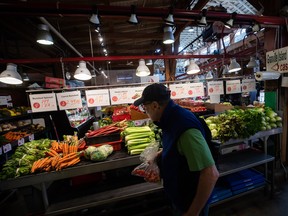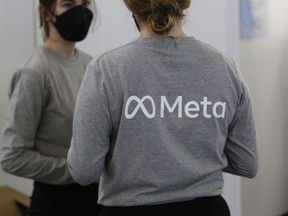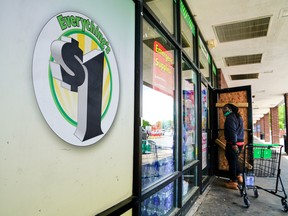Inflation’s unpredictability stems from unique circumstances of each economic downturn, making past lessons irrelevant. The 2008-2009 crisis resulted from a housing bubble and bad mortgage decisions, leading to a gradual recovery, while the 2020 pandemic was driven by supply chain disruptions and pent-up demand due to lockdowns, prompting swift policy responses like stimulus packages.
Key factors influencing current inflation forecasting include:
- Policy Responses: Different reactions based on cause—like quick actions during the pandemic versus slower recoveries after 2008.
- Supply Chain Dynamics: Transient issues such as raw material shortages can be overcome quickly, unlike longer-term structural problems from a housing bubble.
- Inflation Expectations: Anticipated price hikes can drive demand and cause inflation, highlighting the importance of consumer behavior in predictions.
- Household Adjustments: People may alter spending habits due to expected inflation, affecting overall demand.
Forecasters should consider these variables for more accurate future predictions, recognizing that each crisis is distinct due to varied causes and responses. This adaptability underscores the need for flexible approaches in economic forecasting.










